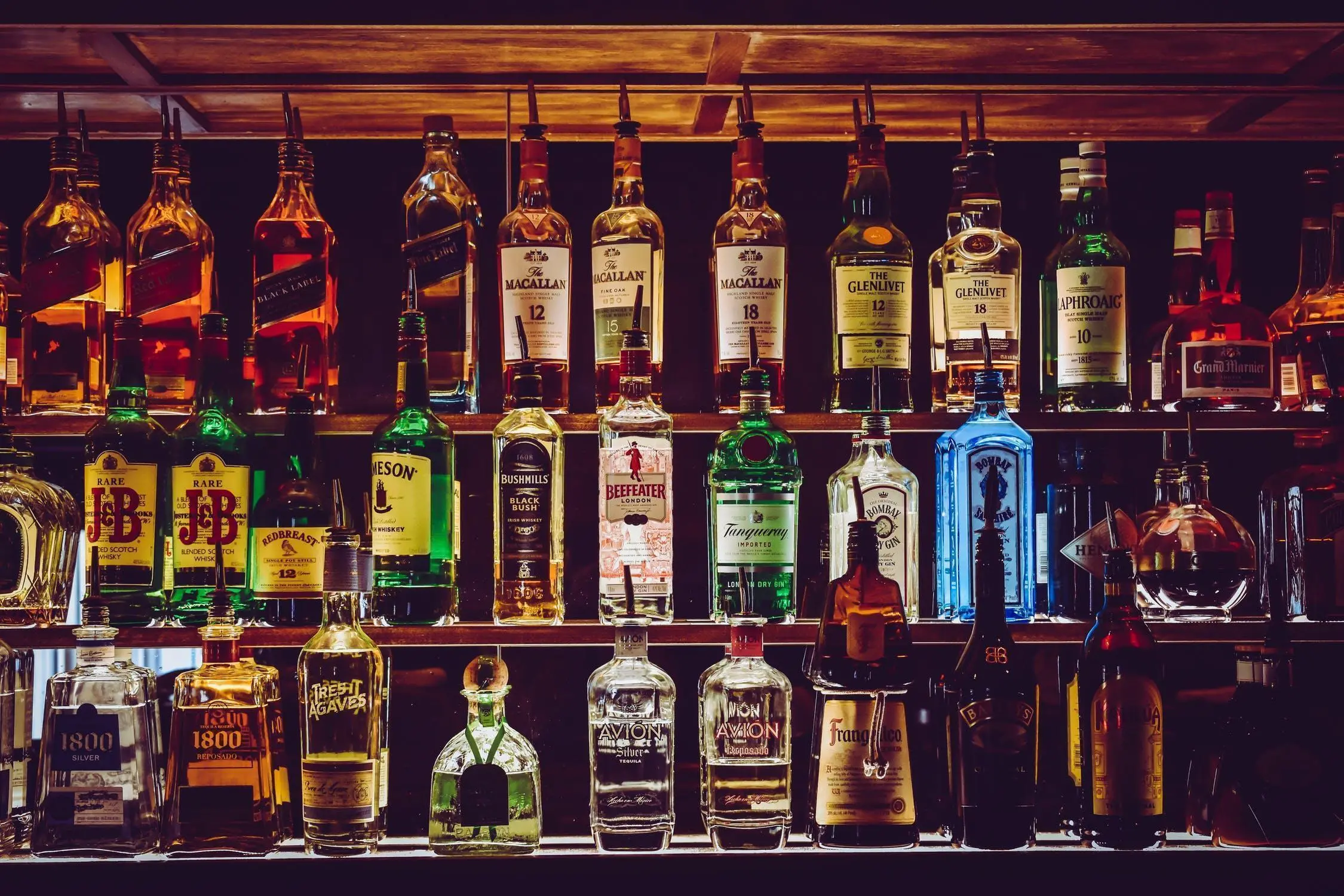Markets for beer, wine and spirits offer can patterns of broad cultural interest--and for the college teacher, may serve to attract the attention of students as well. Kym Anderson, Giulia Meloni, and Johan Swinnen discuss "Global Alcohol Markets: Evolving Consumption Patterns, Regulations, and Industrial Organizations" in the most recent Annual Review of Resource Economics (vol. 10, pp. 105-132, not freely available online, but many readers will have access through a library subscription). The authors take a global perspective on the evolution of alcohol markets. Here are a few points of the many that caught my eye.
1) "The global mix of recorded alcohol consumption has changed dramatically over the past half century: Wine’s share of the volume of global alcohol consumption has fallen from 34% to 13% since the early 1960s, while beer’s share has risen from 28% to 36%, and spirits’ share has gone from 38% to 51%. In liters of alcohol per capita, global consumption of wine has halved, while that of beer and spirits has increased by 50%."
2) "As of 2010–2014, alcohol composed nearly two-thirds of the world’s recorded expenditure on beverages, with the rest being bottled water (8%), carbonated soft drinks (15%), and other soft
drinks such as fruit juices (13%)."
3) There is something of inverse-U relationship between quantity consumed of alcohol and per capita GDP of countries.
4) However, when it comes to spending on alcohol as a share of income, it does not seem to drop off as income rises. The implication is that those in countries with higher per capita GDP drink smaller quantities of alcohol, but pay more for it.

5) "In early history, wine and beer consumption was mostly positively perceived from health and food security perspectives. Both wine and beer were safe to drink in moderation because fermentation kills harmful bacteria. Where available at affordable prices, they were attractive substitutes for water in those settings in which people’s access to potable water had deteriorated. Beer was also a source of calories. For both reasons, beer was used to pay workers for their labor from Egyptian times to the Middle Ages. Wine too was part of some workers’ remuneration and was included in army rations of some countries right up to World War II. Moreover, spirits such as rum and brandy were a standard part of the diet for those in European navies from the fifteenth century."
The authors then discuss how the rise of hard spirits and income levels raised concerns about health effects of alcohol consumption, while nonalcoholic alternatives became safe to drink--factors that helped to reconfigure social attitudes about alcohol.
The article also includes discussions of the evolution of alcohol taxes, shifts in market concentration and competition, the rise of smaller-scale producers in recent years, and much more.
A version of this article first appeared on Conversable Economist.





Leave your comments
Post comment as a guest